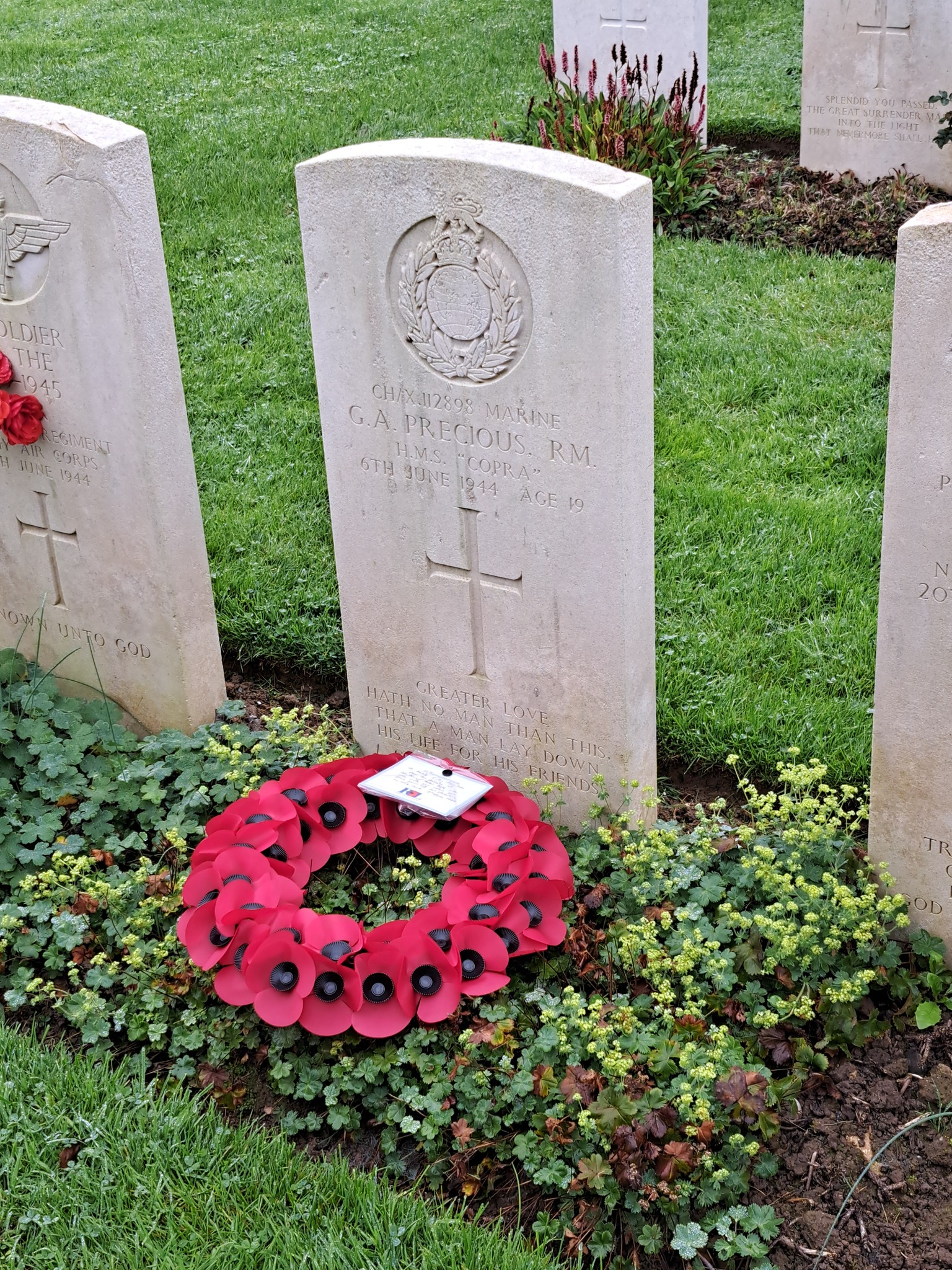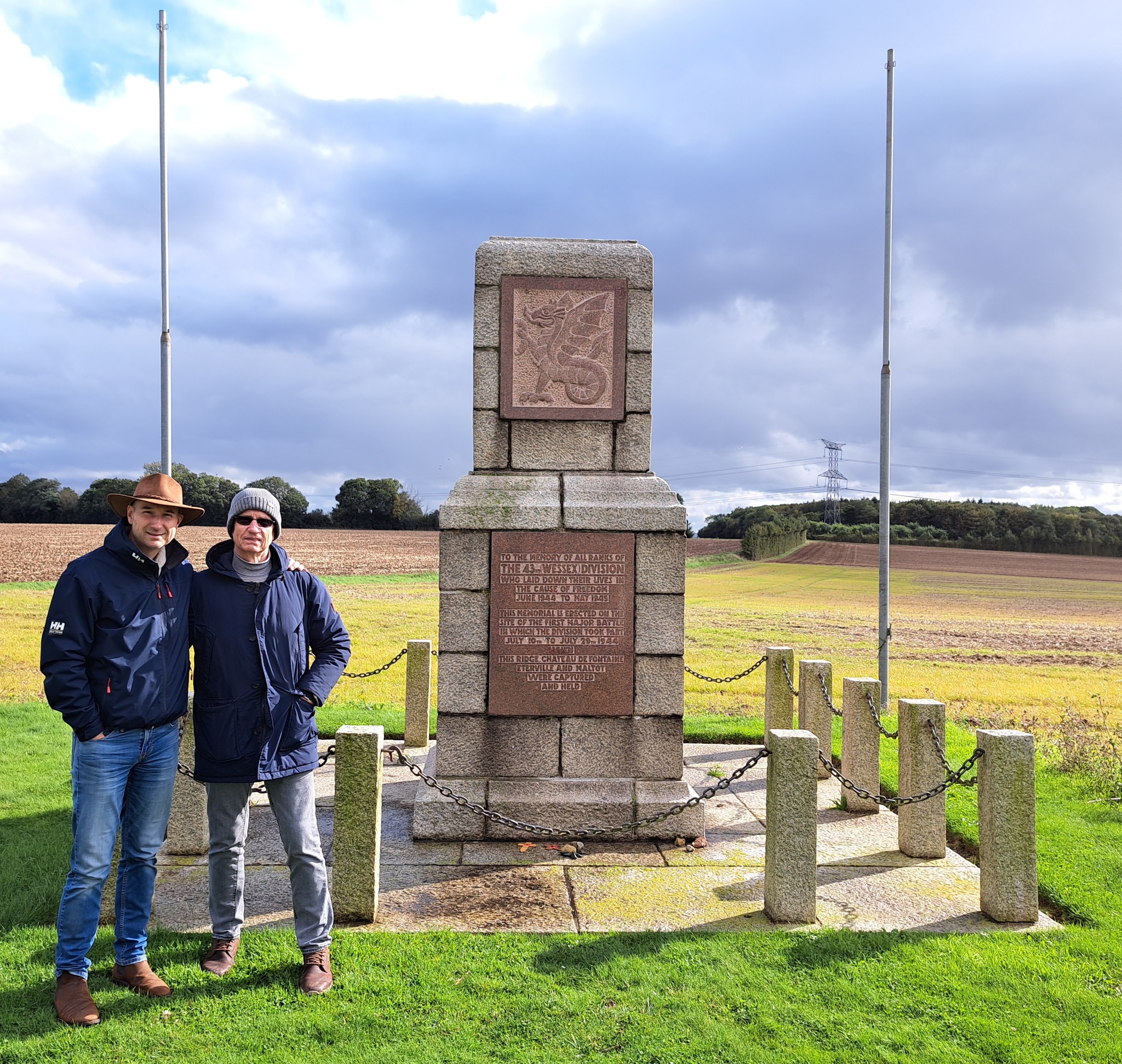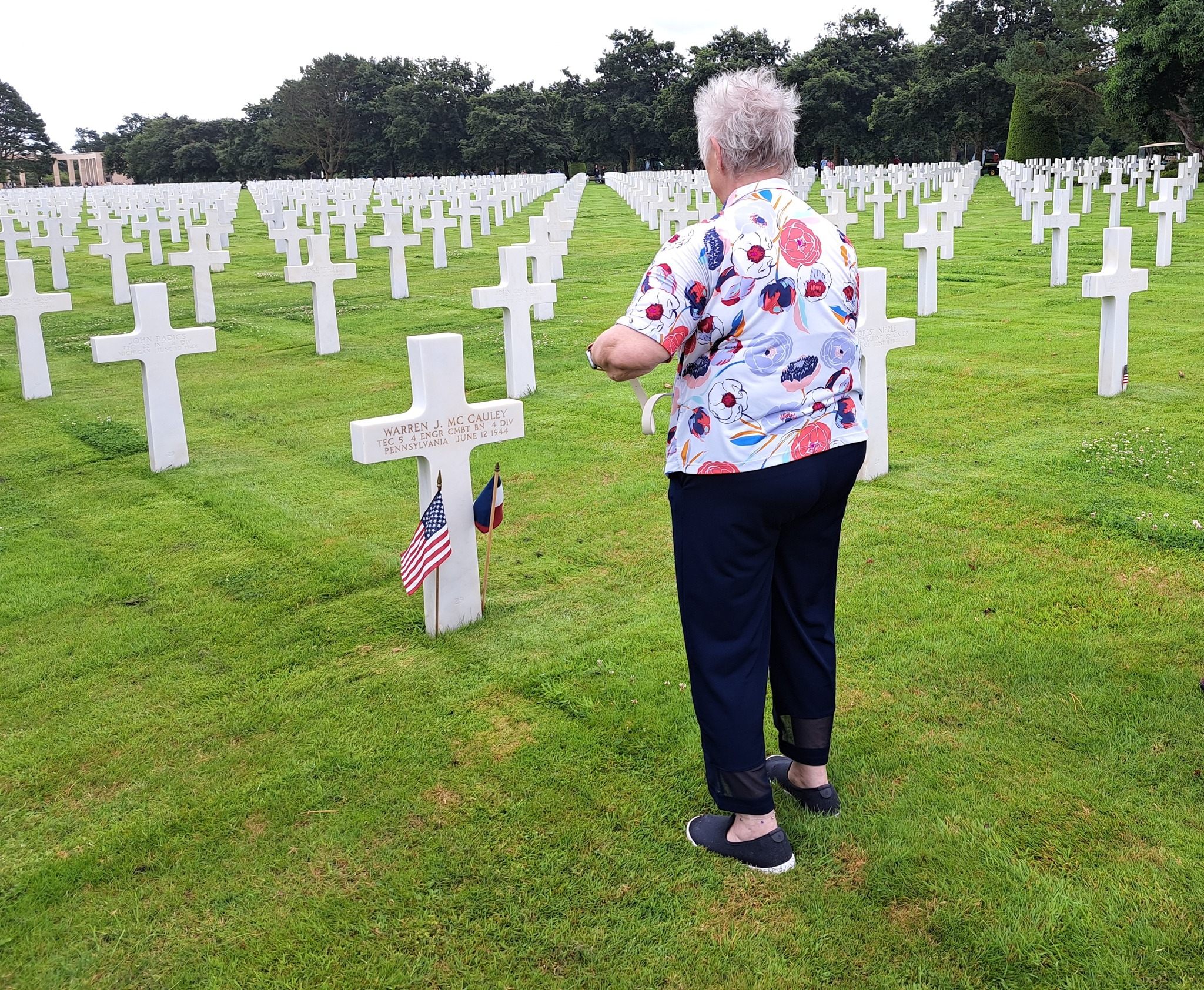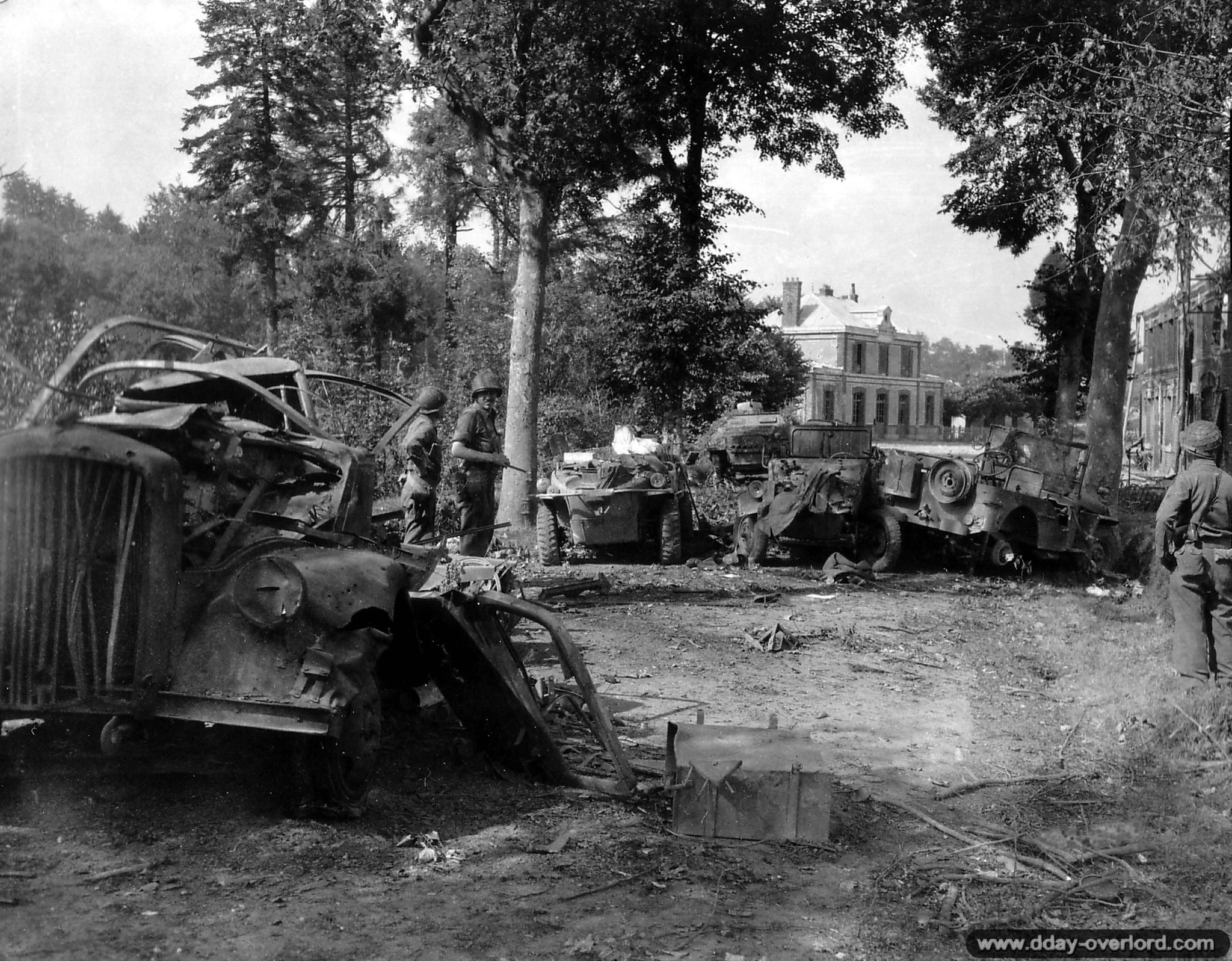The Arctic Convoys 1941-45
A Campaign Report
by
Malcolm Clough
(B.A. Hons War Studies)
Introduction
Some of the hardest fought naval actions of the Second World War took place in the northerly waters of the world – The Arctic Ocean. Thrown together as unlikely allies, between 1941 and 1945 the British and Americans sent the Soviet Union £500,000,000 worth of vital weapons, transport and ammunition.[1]
The cost to the Western allies was high: 18 warships and 104 merchant vessels were sunk[2]. The losses resulting from the tragedy of Convoy PQ17 alone were the equivalent of a major land battle.
For the Germans, the campaign to prevent the convoys from reaching Russia thereby denying Stalin vital war supplies and to defend Norway from the threat of allied invasion was also costly.
Germany lost 31 U-boats, two destroyers and the battlecruiser Scharnhorst during operations and of course the battleship Tirpitz which although rarely used by the Kriegsmarine always posed a significant strategic threat until its destruction by the R.A.F. in November 1944.
The campaign confirmed the supremacy of the carrier borne aircraft which proved itself able to operate even in such a harsh environment as the Artic Ocean and with the Battle of the North Cape the campaign saw the end of the era of the all big gun engagement.
The combatants on both sides faced the harshest climatic conditions, battling in the winter days of almost perpetual darkness and extreme cold against the natural hazards of ice fog and ferocious storms, and in the summer, less adverse weather conditions but still bitterly cold together with the almost perpetual daylight.
Background to the Campaign.
The German invasion of the U.S.S.R. in June 1941 threw together Britain and the Soviet Union as unlikely allies. Britain no longer stood alone, with only the moral support of the American President Roosevelt. But this was not a joining of two states engaged through common ideology to a common purpose. It was instead a joining of two states that at best distrusted each other deeply and were united by no more than the aim of defeating Germany[3]
Churchill had no love for Communists, he had remarked upon the ‘stony composure’ with which the Russians had reported the fall of France in 1940 and the British defeat in the Balkans in 1941. He knew that the Russians had given economic and material aid to the Germans and furthermore that the port of Murmansk had been used as a refuelling port by German shipping in particular the commerce raider ‘Komet’. Nevertheless, Churchill broadcast to the U.S.S.R. on the evening of 22nd June 1941 pledging all possible assistance to the Soviet Union against the common enemy.
‘No one has been a more consistent opponent of communism for the last 25yrs. I will unsay no word that I have spoken about, but it now fades away before the spectacle which is unfolding. The past with its crimes its follies, its tragedies flashes away. The Russian danger is therefore our danger, and the danger of the United States, just as the cause of any Russian fighting for his hearth and home is the cause of free men and free people in every corner of the globe… We shall give whatever help we can to Russia’[4]
Although Churchill had pledged support to Russia, there was a widespread doubt amongst his ministers and the Chiefs of Staff some, (notably Sir John Dill the C.I.G.S and Anthony Eden) gloomily predicting that the U.S.S.R would collapse in six weeks. Churchill dismissed their fears, he did not believe that the Soviet Union would fall. ‘I will bet you a monkey to a mousetrap that the Russians are still fighting and fighting victoriously two years from now’[5]
For all his belligerence Churchill was aware that Stalin may make a separate peace with Germany (which, according to Richard Woodman he had, offering Hitler the Ukraine). Russia was Britain’s only ally and she had to be kept in the war against Germany. ‘Otherwise, the world would never breathe again’.
Until D-Day on 6th June 1944 Stalin had consistently called for a second front against Germany in the west. The first of these demands was made in his reply to Churchill’s offer of aid. The British fighting in North Africa did not interest Stalin, he replied to Churchill that ‘the military situation of both the Soviet Union and Great Britain would be considerably improved by the opening of a front against Hitlerite Germany in northern France and in the north, – the Arctic[6]
For the British a second front in Northern Europe in 1941 was quite impossible, the only way in which the British could give substantial support to the U.S.S.R. was to supply war materials to make good the huge losses suffered by the Red Army in the initial thrust of the German invasion until such time as the Soviet industry relocating to the Urals could recover. Churchill met with Roosevelt in August 1941 whereupon they pledged aid to Russia on a ‘gigantic scale.’
An Anglo-American mission headed by Lord Beaverbrook and Averill Harriman was sent to Russia to assess what was required and on 1st October 1941 the Moscow Protocol was signed whereby ‘Britain and America agreed to supply tanks, aircraft, oil, petrol, trucks, strategic metals and a host of other items to the Soviet Union. Churchill optimistically told Stalin on 6th October ‘We intend to run a cycle of convoys leaving every ten days.’
Planning and Execution.
There were three possible routes to the U.S.S.R.
Firstly, by sea to Persia and from there by rail up through the Caucasus. The British intended to increase the number of supply trains running from two to 20 per day. In September 1941 they sent out 48 locomotives and 400 railway trucks to run on the railway, yet their capacity was limited by the ability of the Soviet railways to handle goods and by the great distance the supplies had to travel. Therefore, no significant results were expected until 1943.
A second route was across the Pacific from North America to Vladivostok and then westwards along the Trans-Siberian Railway. A route which gained in significance once the United States entered the war but again was limited by the great distance and the capacity of Soviet railways.
The third route was by sea around the north of Norway to Archangel and Murmansk, which had the benefits of being the shortest route and took the materials close to the front where they were needed most, and ‘theoretically there was no limit to the number of ships that could be included in a convoy’.[7]
The significant constraining factor was that while the Persian and Pacific routes could pass relatively unmolested by enemy action, the Arctic convoys would have to fight their way through. The convoys would face considerable opposition from German naval and air forces based in Norway.
The Norwegian coastline provided the German navy with excellent deep-water anchorages and the Luftwaffe was able to make use of five airfields at Banak, Tromso, Kirkenes, Petsano and Bardufoss, which not only threatened the convoys once they passed east of the Greenwich meridian but also allowed the Luftwaffe to reach the ports of Murmansk and Archangel.
Admiral Tovey, Commander in Chief, Home Fleet, calculated that a minimum of four cruisers and eight destroyers would be required for the convoy escort in addition to the smaller escort vessels. He would need further cruisers and destroyers to screen his battleships if Germany’s heavy surface units should attack, and yet he would also have to provide ships for other theatres when called at short notice.
‘The British commitment to the Soviet Union was a generous one and was a demonstration of a determination to aid anyone in the fight against Hitler. However, the decision to use the Arctic route to send supplies to the Soviet Union was a triumph of political expediency over military reality’[8]
The first small convoy to Russia, ‘Operation Dervish’ sailed on 21st August 1941, but it was not until 28th August that the first major convoy of 12 merchant ships PQ1 sailed to Archangel. Five more convoys followed before 8th December1941 when PQ6 sailed to Murmansk where they arrived battered by the Arctic weather on 23rd December.
None of these convoys were subject to attack from Germany. Hitler had been preoccupied with the drive towards Moscow, although German naval forces in Norway consisted of only five T-Class torpedo boats so they were hardly able to interdict the convoys. By the end of the year the British had delivered ‘750 tanks, 800 aircraft, 1,400 vehicles and more than 100,000 tons of general stores.’[9]
‘In 1941 the German High Command paid little attention to the shipping of war materials to the Soviet harbours. Hitler was convinced that the Soviets would not resist for long…After the failure of the attack on Moscow, as the war in the Soviet Union took on a new and unexpected character, a determined effort would be made to stop the convoys, with the deployment of German naval forces, U-boats and air units.’
Grand Admiral Raeder had stressed to Hitler the importance of capturing the port of Murmansk ever since the invasion of the Soviet Union began. However, his advice went unheeded while Hitler’s attention was focused on the drive east towards Moscow. When the Germans were halted short of Moscow Raeder was able to renew his arguments, particularly as he now had evidence that the British were making use of Murmansk for their convoys.
On 17th September he told Hitler that ‘The British realise the importance of the sea route off the Arctic coast for supplies of the Soviet armed forces and they are operating in the northern area with several cruisers, destroyers, one or two carriers and submarines’[10]
Hitler remained unenthusiastic about Raeder’s concern until the U.S.A. entered the war in December 1941; thereafter he believed that Norway would be the weakness in ‘Fortress Europe’. Raeder argued successfully that sending surface units and in particular the battleship Tirpitz to Norway would strengthen the German position and would deter enemy operations in the arctic. The ships would be able to operate against any convoys that the allies sent to Russia, supported by eight U-boats and 230 aircraft based at the Norwegian airfields.
Raeder foresaw the strategic value of the surface ships. The presence of Tirpitz in Norway ‘would impair the Royal navy’s ability to use the Home Fleet as a strategic reserve for other theatres, dispatching forces as and when necessary for specific operations, since a sufficient margin of superiority in home waters would have to be retained in order to deal with her should she venture forth’[11]
The threat of Tirpitz to allied shipping was not lost by the British, even though by 1942 the age of the battleship was effectively over these ships dominated British naval strategy Churchill himself wrote to the Chiefs of Staff.
‘The destruction or even crippling, of this ship is the greatest event at sea at the present time. The whole strategy of the war turns at this period on this ship, which is holding four times the number of British capital ships paralysed to say nothing of two new American battleships retained in the Atlantic’[12]
Although both the German High Command and the British Admiralty mistakenly believed that the total destruction of a convoy could be best achieved by the surface raiding capital ship, the chief danger to the convoys throughout the war was the submarine and despite the proximity of German aircraft based in Norway the U-boat remained the primary threat in the Arctic as elsewhere.
German aircraft would certainly play a significant role, using bombers and dive bombers and it was in the Arctic campaign that Germany deployed its first squadrons of Heinkel 111 torpedo bombers.
The first convoy of 1942 PQ8 arrived in Murmansk on 17th January, the convoy met with some resistance to its passage from submarines and aircraft as also did PQ9/10 and 11.
But it was convoy PQ12 which was the first convoy to meet serious opposition from Tripitz and three destroyers. Tirpitz searched in vain to find the convoy, while in turn the British Home Fleet (aided by Ultra intercepts from Bletchley Park) hunted the German battleship which avoided an air attack from the Fleet Air Arm before reaching sanctuary at Narvik.
That Tirpitz had been threatened at sea was a worry to Hitler who placed constraints on the battleship’s future deployment but more importantly for the Kreigsmarine Tirpitz and her destroyer escort had used 8,100 tons of precious fuel oil with only the sinking of one merchant ship to show for it.
Nevertheless, German forces in Norway were reinforced by the arrival of more aircraft and surface units with the dual role of destruction of the convoys and to prevent invasion of Norway.
Four more Arctic convoys set off for Russia during the spring and early summer of 1942, each one meeting opposition from submarines and the air with support from German destroyers while the larger ships lay idle. 16 merchant ships were lost along with the cruisers Edinburgh and Trinidad. The long hours of daylight being of a particular advantage to the bombers, while the convoys and submarines found the conditions very much against them.
By late June 1942 Admiral Tovey wished to suspend convoy operations until such time as sufficient escorts were available. However, Tovey was overruled by the political imperative. The Red Army was under tremendous pressure from the German summer offensive in the Caucasus and supplies for Russia were piling up in American ports, The convoys were to continue despite intelligence that the Kreigsmarine intended to use all possible means to attack the next convoy, PQ17.
The tragedy of PQ17 is well known, 22 out of a total of 34 ships were lost. Along with them went 430 tanks, 210 aircraft, 3,350 lorries and jeeps and 100,00 tons of other cargo. It was the greatest German victory against the Russian convoys of the entire war. All the scattered ships were sunk by German aircraft and submarines and none by Tirpitz and her battle group. Yet it is precisely because of the Admiralty’s prior knowledge that a surface threat was planned, and that Tirpitz had moved from Trondheim to Alten Fjord that the First Sea Lord gave the order to scatter.
‘The Tirpitz and her Battle Group may not have fired their guns in anger or even seen the enemy, but they had been responsible for the greatest convoy success in the history of modern sea warfare.’[13]
Such were the implications of the destruction of convoy PQ17 that only one more convoy would run during the summer of 1942, before the convoys were suspended to allow the navy to cover the ‘Torch’ landings in North Africa and to allow the dark winter months to return.
The year 1942 ended with the Battle of the Barents Sea, the German heavy cruiser Hipper and the Pocket-Battleship Lutzow were held at bay by the destroyer escort of the convoy JW51B and finally driven off by the timely arrival of the two cruisers Jamaica and Sheffield both armed with radar guided 6” guns. The German ships attacked without determination and were easily thwarted.
For the German surface fleet hindered by constraints of taking no risks with their few large ships the battle was a humiliation which led to Hitler furiously demanding that they be decommissioned, and their crews transferred to the U-boats. Although Raeder, who subsequently resigned and Admiral Donitz who was promoted to replace him earned a reprieve for the surface fleet, only Tirpitz, Scharnhorst and Lutzow would remain in Norway to threaten the convoys and to tie down naval strength.
The strategy of keeping the three large ships in Norway paid dividends for the Germans during 1943. Although only four merchant ships were lost during the winter season, Admiral Tovey viewed the prospect of sailing convoys to the U.S.S.R during the summer months with great anxiety. To deter an attack by the German squadron he would have to take the Home Fleet all the way into the Barents Sea, a risk he considered unacceptable. The battle of the Atlantic was also reaching a crucial stage every available escort was required by Western Approaches Command. It would not be possible to cover the Atlantic and Arctic convoys simultaneously. Furthermore, there was the prospect of operations in the Mediterranean Sea against Sicily and Italy.
‘Churchill knew that the suspension of the Artic convoys would be a heavy blow to Stalin and his government…that the decision would certainly arouse grievous resentment.’[14] Churchill reassured Stalin that the flow of supplies through Persia would be increased, but the Soviet leader was not impressed by the southern route since the supplies required a lengthy sea voyage followed by a long railway journey to reach their destination. Nevertheless, the summer convoys to Russia were cancelled.
By the autumn of 1943 the situation in the Arctic had improved for the allies. The crisis in the Atlantic had passed and the ships of the Home Fleet had been released from the Italian Campaign. Furthermore, the Tirpitz had been disabled by the midget submarine attack of 22nd September and the Pocket=Battleship Lutzow had returned to Germany, of the surface fleet only Scharnhorst remained.
The U-boats had been mastered in the Atlantic and the same tactics would be applied against them in the Arctic. The Luftwaffe was no longer the significant threat it had been throughout the summer of 1942, many of its aircraft in Norway had either been lost or redeployed elsewhere as the Germans were pushed westwards by the Red Army.
Only Scharnhorst offered any prospect of successfully attacking the convoys during the winter months. Scharnhorst was ordered to attack Convoy JW55B in atrocious Artic weather. She left Lang Fjord on the evening of 25th December 1943 to intercept. However. the Royal Navy again aided by Ultra Intercepts knew that the Scharnhorst threatened the convoy, and she was caught on 26th December by HMS Duke of York and her cruisers. The battle of the North Cape was fought in almost complete darkness and almost entirely by radar and the Scharnhorst went down in the Arctic night with most of her crew.
The Battle of the North Cape was the last all big gun battle in European waters. Although Tirpitz still posed a strategic threat until November 1944, she was constantly attacked by the Fleet Air Arm and eventually the R.A.F. and never again directly threatened a convoy. The supremacy of the battleship was at an end.
The U-boats continued to menace the Arctic convoys during the winter months of early 1944 and throughout the year, equipped with acoustic torpedoes and Schnorchel breathing apparatus they concentrated in the approaches to the Kola Inlet where they were more difficult to counter than in the open sea. They caused a number of losses among the escorts but very few merchantmen were lost. The allies equipped with modern anti-submarine equipment and techniques supported by the Escort Carriers and long-range shore-based aircraft harried the U-boats and fought off the sporadic Luftwaffe attacks.
With the Liberation of France, the U-boats concentrated in Norway to attack both the Atlantic and Arctic convoys, but they never became more than a harassment. Germany’s threat to the convoys was at an end.
Assessment and Conclusions.
The Arctic Convoy Campaign was born out of a political decision in Britain to assist the Soviet Union in the fight against Germany. That their political ideology was so different was put aside in a mutual desire to defeat a common enemy.
Paul Kemp writes ‘Opponents and detractors of these operations argue that the convoys were unnecessary that they constituted too great a drain on scarce resources, that the risks were not worth the gain and that other safer routes existed for supplying the U.S.S. R’[15]
This argument does have some credibility, ultimately the rail link through Persia did carry more supplies through to the Soviet Union (Appendix A) and the strain placed on the Royal Navy’s resources were huge, but the losses on the Arctic route came nowhere near those suffered by the convoys going to Malta.
‘Of the 41 convoys which went to Russia 30 made the passage without loss due to enemy action, while of the 34 homeward bound convoys 24 returned without loss.’[16]
Cargo shipped by the Western Allies to the U.S.S.R. 22nd June 1941 – 20th September 1945
Route Amount shipped (Gross tons) Arrived% Lost %
North Russia 3,964,000 93 7
Persian Gulf 4,160,000 96 4
Far East 8,244,000 99 1
The overriding reason for the Arctic Convoys was a question of honour. Stalin had no interest in the Persian Gulf route, when the convoys were suspended in 1943 he ignored Churchill’s reassurances that the capacity of the rail route would be increased.
‘The convoys represented commitment, while they were running relations with the Soviet Union were amicable, when they stopped relations froze, for not only did the Soviets mind losing the aid, the paranoia which was inbuilt into the Soviet system feared that all sorts of capitalist tricks were afoot.’[17]
Trainloads of supplies coming up from the Persian Gulf were one thing but the sight of H.M.S. Duke of York lying in Kola Inlet after the Battle of the North Cape, Battle Ensigns flying and showing the scars of battle was different altogether.
Much has been made of Soviet ingratitude for the efforts of the allies to run the Arctic convoys. Soviet historiography is tinged with paranoia and has played down the role of western aid in the final victory. ‘The real reason for the suspension of northern convoy movements was the persistent attempt by the allies to curtail delivery of necessary equipment…and thereby hamper the operations of the Red Army.’[18]
But, in more recent years Russia has warmed to the campaign and expressed its gratitude. In 2005, Andrei Kushakov, the Russian Ambassador to South Africa, at a 60th Anniversary tribute in Cape Town said,
‘For four years of this war the Soviet, British, American, Canadian, South African, French, Polish and other military and merchant sailors…discharged their allied duty with dignity…by supplying arms, ammunition, food and thousands of tons of other strategic cargo to the Soviet Union…It is important for me to express our admiration and gratitude to all.’
The fate of Britain and the Soviet Union were totally linked. The convoys kept Russia supplied when her own industry was in desperate straights, two thirds of the German army was deployed on the Eastern Front, had the U.S.S.R. been defeated and had the Germans been able to concentrate their forces in the west the outcome of the Invasion of Europe might have been very different.
References
[1] Arctic Convoys, Richard Woodman, (John Murray Publishers Ltd, London, 1993)
[2] Ibid,
[3] Convoy! Drama in Arctic Waters, Paul Kemp, (Arms and Armour Press, London 1993) p.9.
[4] Churchill – A life, Martin Gilbert (Heinemann, London, 1991) p.701
[5] Kemp, p11.
[6] Woodman, p9
[7] Kemp, p16.
[8] Kemp, p16.
[9] Ibid, p24.
[10] Kemp, p25.
[11] Ibid, p26.
[12] Ibid, p26
[13] Hitler’s Battleships, Edwyn Gray (Leo Cooper, London) p153.
[14] Kemp, p150
[15] Kemp, p227.
[16] Ibid, p17.
[17] Ibid, p225
[18] Soviet Historian V.I. Asckasov Ibid, p228







Leave A Comment